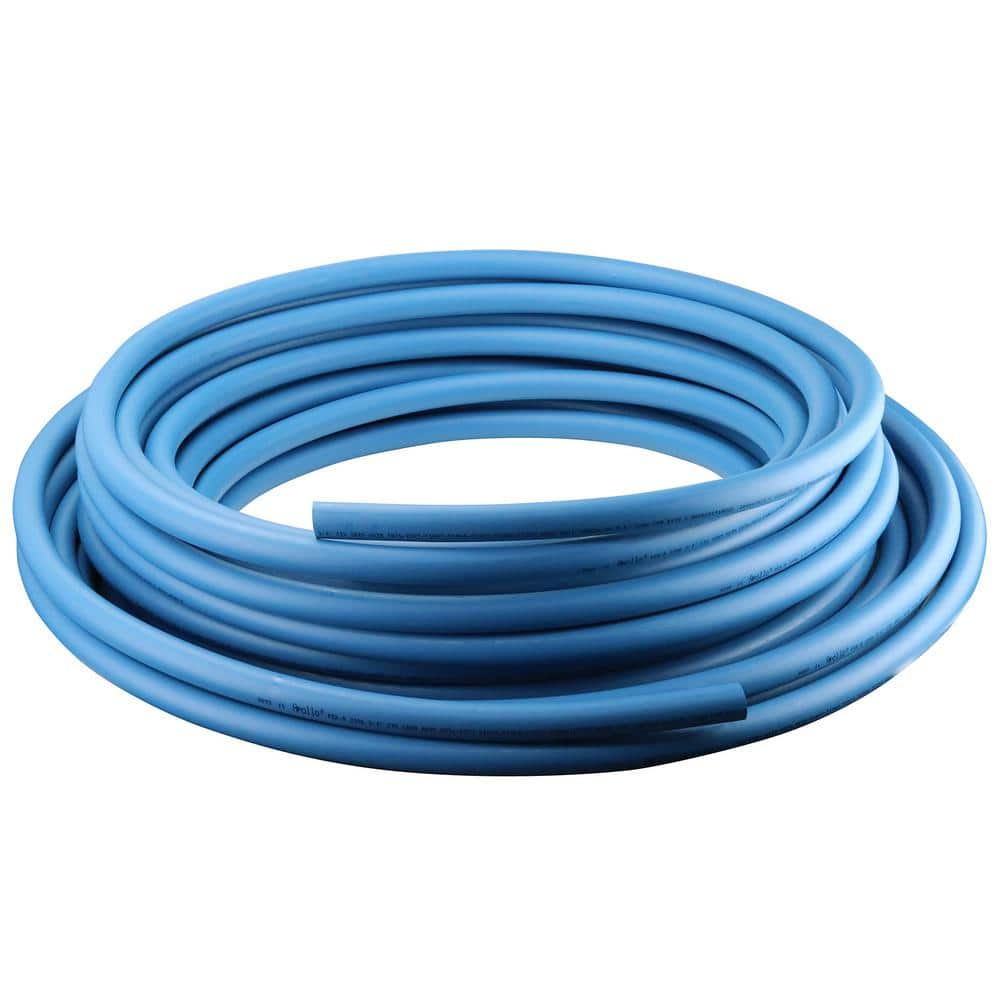OSHA has banned the use of PVC and CPVC piping in compressed air systems. They don't have jurisdiction over your home system, but perhaps another method would be prudent.
Very wise words.
Many, many deaths and property losses from this misguided application and continue to this day. This OSHA prohibition dates to 1988 and updated in 1991 for any thermoplastic being used in compressed air piping. One ABS plastic was recognized then for some rather low psi service. The problem is sudden fracture from pressure cycling--amorphous thermoplastics suck big time for internal air pressure use and fatigue. Wall thickness is not much of a factor for that kind of a failure.
Other less known things.............On residential zoned private property, no state pressure vessel jurisdictions perform permitting inspections for any sized air compressor tank be it an 80 gallon 175psi air compressor, or a 12 gallon 125 psi one, or its distribution piping. All such things are exempted by all the state statutes that I know of for public safety. You would just kill yourself and likely destroy only your own property in the event of sudden energy releases/ruptures/ fires collapses and what follows. So, no public safety concern for the area outside your property boundaries for the most part.
The sad thing is because of this--you have no casualty or liability insurance in the event of a failure or energy release from your air receiver tank or the piping you run---none. And you could not get easily it if you wanted to. Your homeowner's policy does not cover "events" like these. You are on your own and responsible for whatever damages to others occur. Call your insurance agent--tell him or her that you used plastic pipe
of any kind for compressed air piping in a dwelling being insured by them, it was not inspected on installation nor was the air receiver tank and pressure relief valve inspected at your home after being set, and that nothing was installed to any recognized mechanical code by you....................................see what he or she says after that.
No commercial or industrial users of compressed air piping can get casualty/liability policies either in any states I have ever worked in even if it is engineered for such. Insurance companies like Hartford, Zurich, Chubb, Travelers won't write them.......the reason is......."not inspected on installation by a National Board of Boiler and Pressure Vessel Inspector's commissioned Authorized Inspector (AI), provided with certification stamping by the installer, nor furnished with recognized legal paperwork describing and certifying for service use at temperature and pressure by an accredited entity and the AI."

